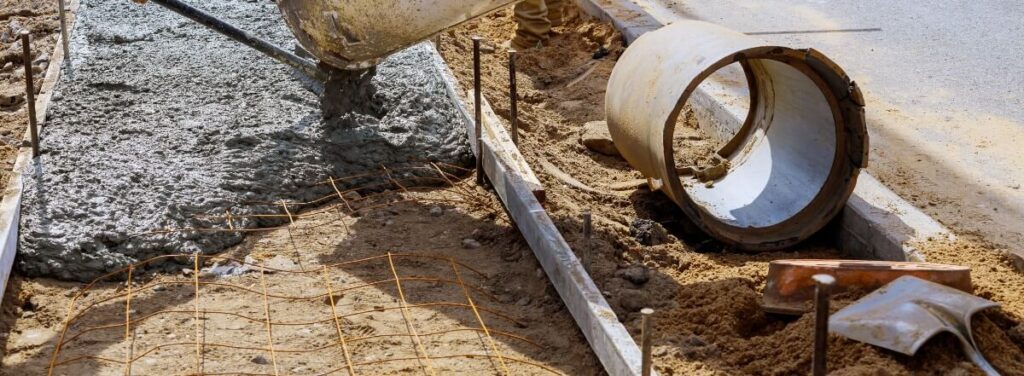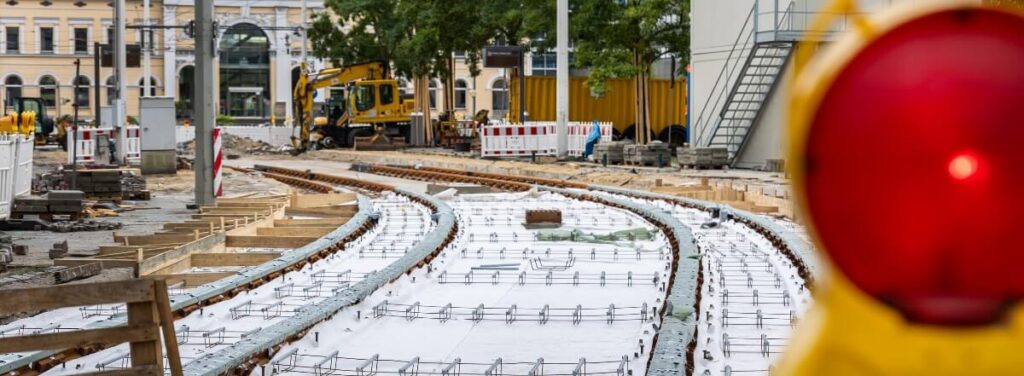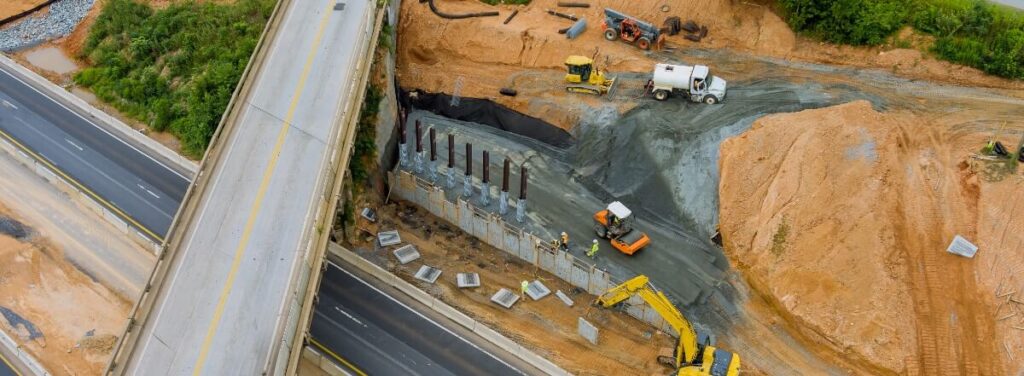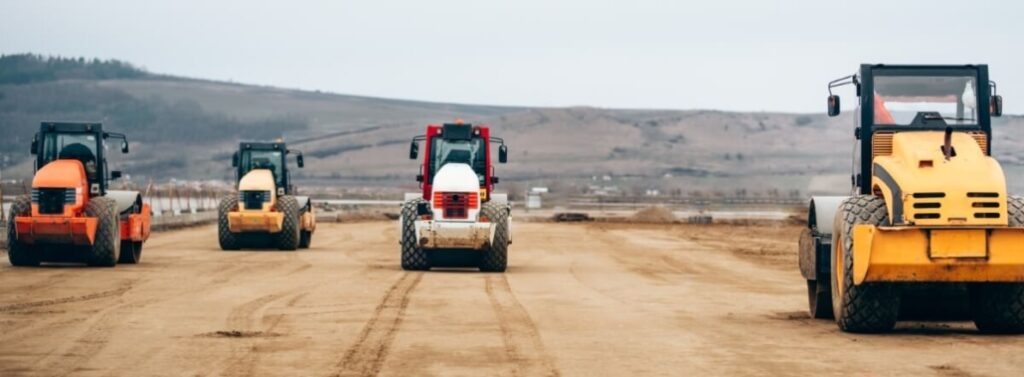The trajectory of Glass Fiber Reinforced Plastics (GFRP) rebars in road construction is ascending, with promising advancements on the horizon. As companies like Composite-Tech continue to innovate and push the boundaries, the future of FRP composites in road construction looks bright, influenced by technological advancements and supported by evolving policy and regulation.
Content

Technological Advancements GFRP rebars
The realm of composite materials is ripe for innovation, with research and development continuously leading to breakthroughs in material properties, manufacturing processes, and application methods.
Material Innovation
Future advancements may introduce new formulations of FRP composites with enhanced properties, such as increased strength, flexibility, or resistance to extreme temperatures. The development of smart composites, embedded with sensors to monitor the health of road infrastructure in real-time, could revolutionize maintenance and repair strategies.
Manufacturing Processes
Advancements in manufacturing technologies, such as 3D printing, could streamline the production of FRP materials, allowing for more complex, customized, and cost-effective components. This could open up new possibilities in road design and construction, enabling the creation of structures that were previously unfeasible.
Application Methods
Emerging techniques for the installation and integration of FRP composites in road construction are expected to further simplify construction processes, reduce project timelines, and enhance the overall quality of the infrastructure.

Policy and Regulation
The adoption and widespread use of innovative materials like GFRP composites in road construction are significantly influenced by policy and regulatory frameworks. These frameworks play a crucial role in ensuring the safety, reliability, and sustainability of construction practices.
Encouraging Innovation
Governments and regulatory bodies can foster innovation by funding research and development in composite materials. By supporting pilot projects and public-private partnerships, they can facilitate the real-world testing and refinement of new technologies.

Setting Standards and Guidelines
Establishing clear standards and guidelines for the use of GFRP rebars in road construction is essential. These standards ensure that the materials and methods used meet performance and safety criteria, instilling confidence among stakeholders and accelerating the adoption of new technologies.
Incentivizing Adoption
Policies that incentivize the adoption of sustainable and innovative construction materials can accelerate the transition from traditional practices to more advanced, eco-friendly solutions. Incentives could include tax breaks, subsidies, or preferential procurement policies for projects that utilize FRP rebars.

The future of GFRP in road construction
In conclusion, the future prospects of composite materials in road construction are intrinsically linked to both technological advancements and supportive policy and regulatory frameworks. As the industry continues to innovate and as governments recognize the long-term benefits of these materials, FRP composites are set to play an increasingly pivotal role in the construction of durable, sustainable, and cost-effective road infrastructure. Companies like Composite-Tech, with their commitment to innovation and sustainability, are well-positioned to lead this transformative journey, marking a new era in the construction industry.

